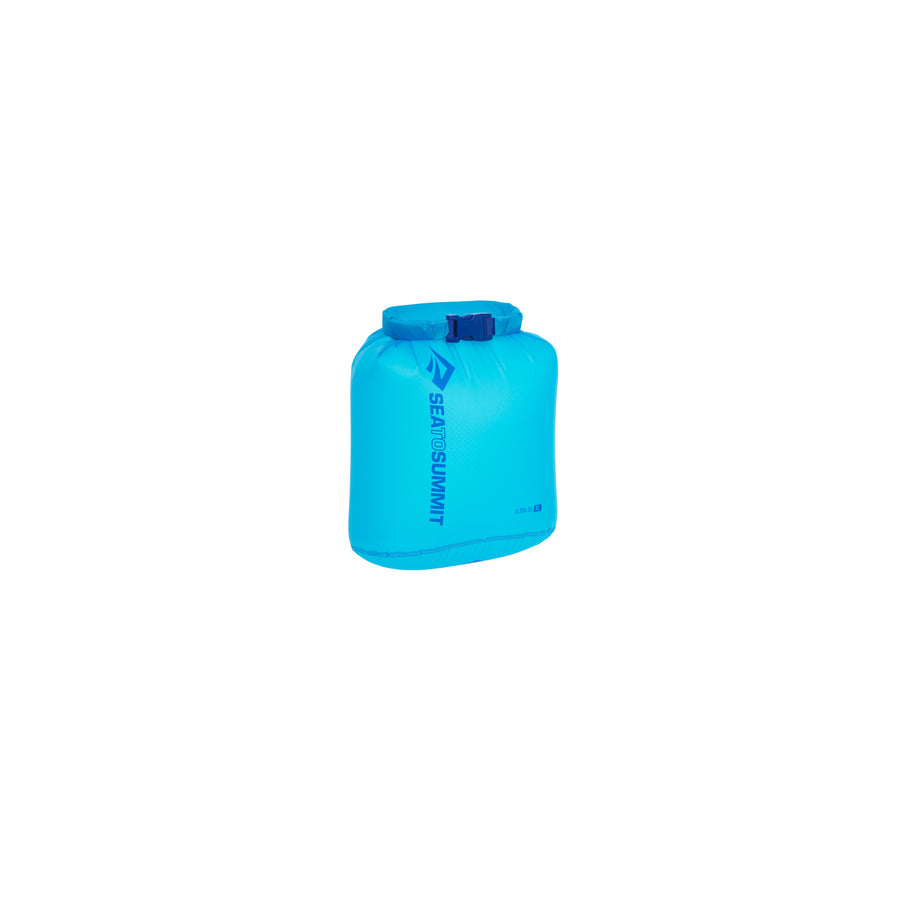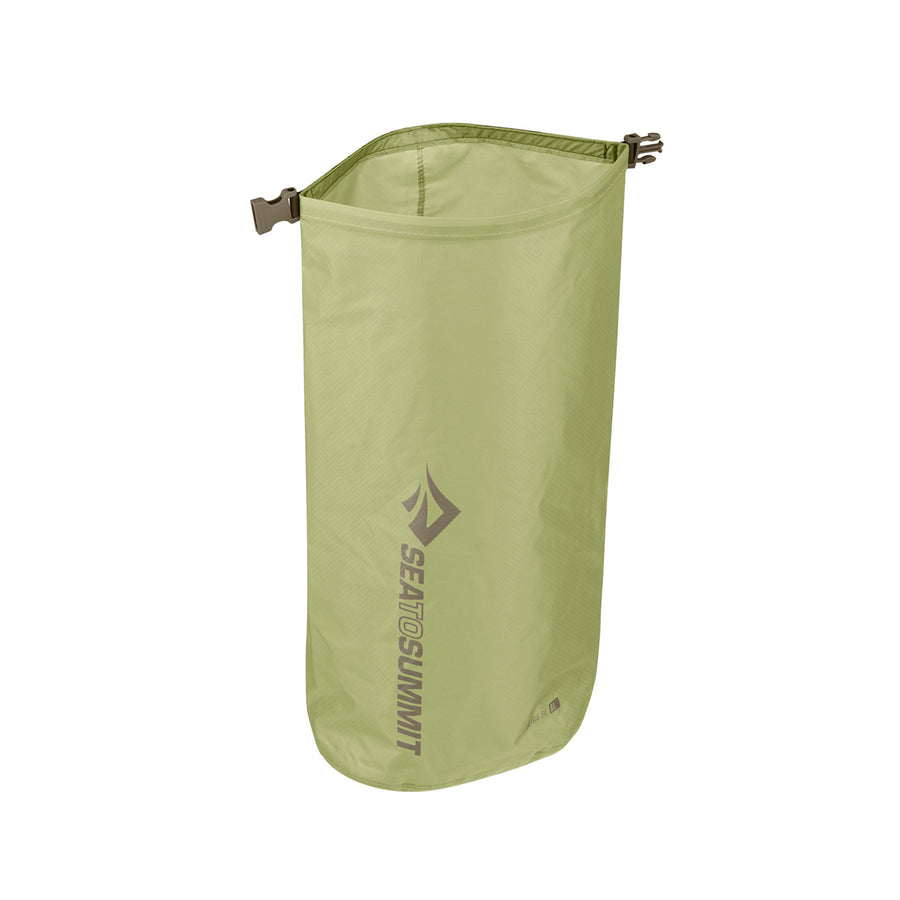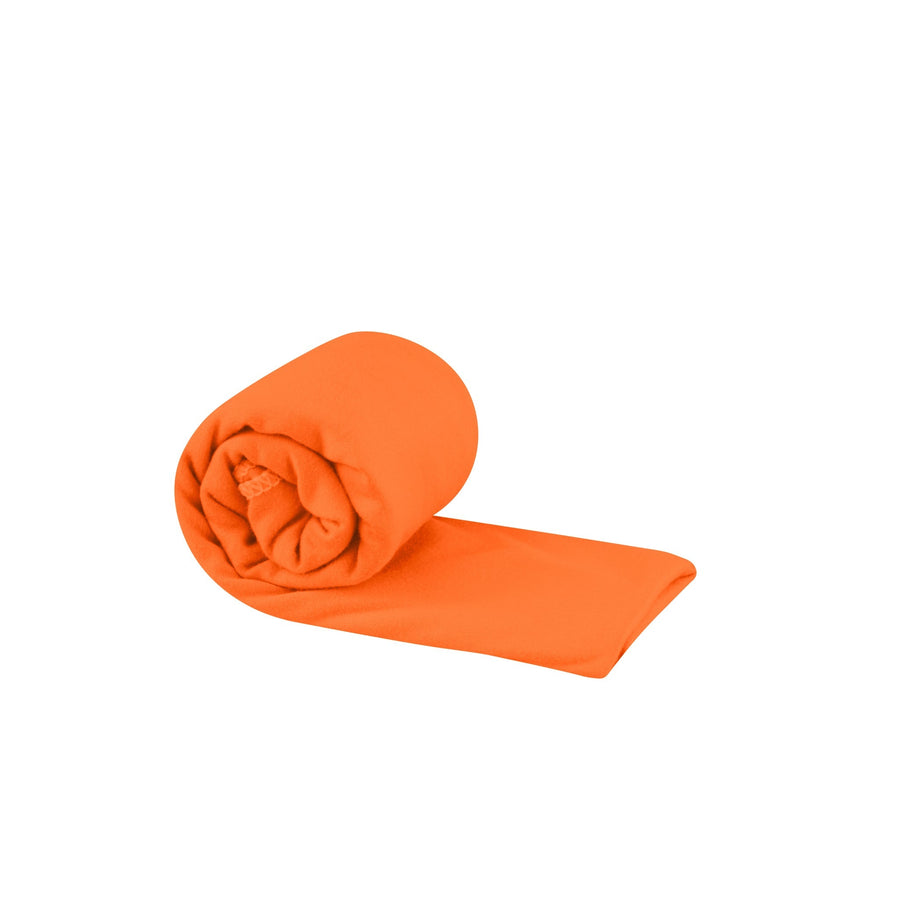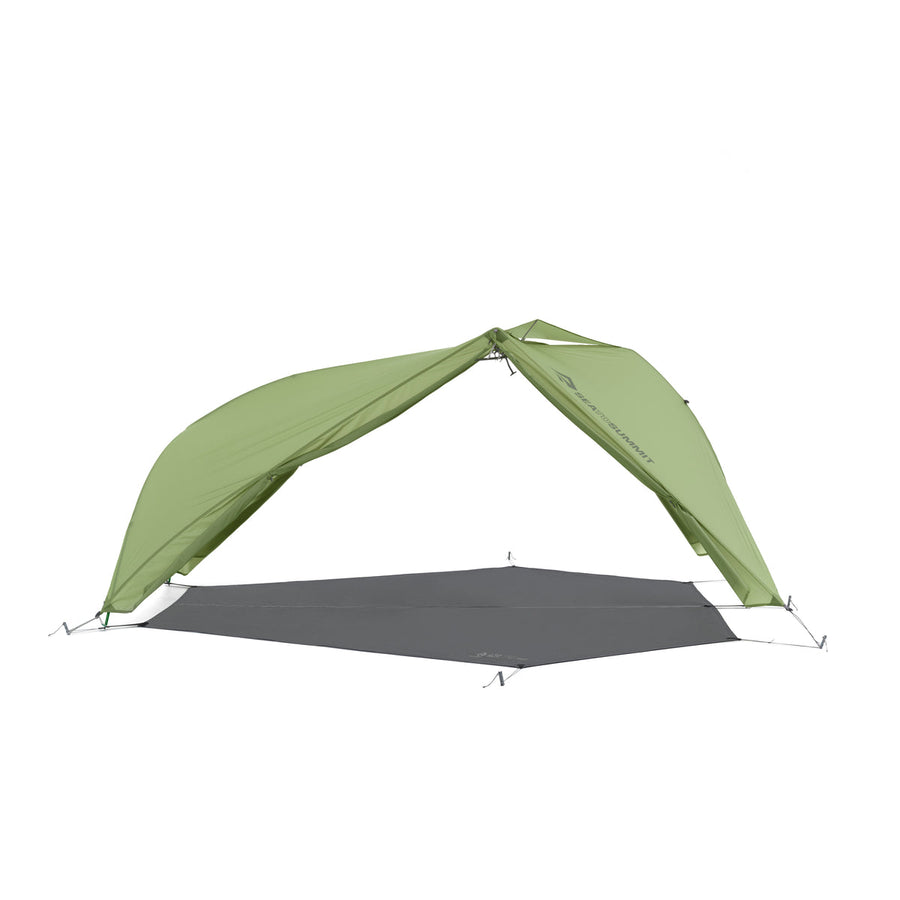Top 5 Tipps für das Trekking zum Everest Base Camp (ENG)

Featured blog post by 2018 Brand Ambassador Q Sapnu
1. Think about your training schedule months before your departure
Training for Everest Base Camp is imperative. You’re going to be at altitude in tough conditions, but at the same time you’ll be experiencing a very different but inspiring and beautiful world. Be physically prepared for it so you can really enjoy it.
I ran into a few trekkers who said they hadn’t trained much prior to arriving in Nepal. They struggled immensely on the last legs of the trek. Some didn't finish, some experienced acute mountain sickness, others were so worn down that the physical wear and tear turned their trek into an internal mental battle just to make it to the next turn. Some people may enjoy that mental and physical struggle, that feeling of overcoming the odds. However, I enjoyed being strong and having enough energy to play with kids in the small villages, to walk around the amazing towns that we came across, to talk to the locals, immerse myself in their surroundings, and take pictures of the stunning environment.
My training consisted of hiking hundreds of stairs with some decent weight on my back (around 20 kilos or 20 pounds). My home state of Colorado provided an excellent training ground for running and hiking at altitude. It’s not a cheap expedition and for many it’s a once in a lifetime experience – so, train for it!

2. How’s your mettle? Get your head space in order
Read and research all you can about other people’s experiences and you’ll quickly learn that being mentally prepared can help you through any rough patches. I’ve traveled enough to encounter all sorts of everyday living conditions, so I was pretty used to a lot of it. When I say “it” I’m referring to cold showers, cold wash-downs with a ladle and a bucket of water, ‘baby wipe’ showers and the days after days of no showers at all (fortunately, instead of baby wipes, I had Wilderness Wipes – larger, unscented and compostable).
Then there are the restrooms. These progressively get worse as you get higher up until you literally have a pretty bad-smelling hole in the ground. You have to have the will to push yourself beyond your limits, when you want to give up and just head down for warm showers and a good day's rest, which is something you yearn for after a while. Know that there will be tough days, exhausting days, and days when you just want to go home – be prepared for those so you can get through them, and understand that the next day will be better.
3. Gear preparation
Quality dependable gear is vital. You’ll be enduring long days trekking in changeable weather and varying conditions. When making gear choices, weight, durability and comfort are essential to enable you to enjoy the journey from start to finish.
Some key items that worked perfectly for me were my backpacks and my sleep system. You’ll want two durable packs: one to keep the majority of your gear in (food, extra clothing, extra shoes or boots etc...) and a decent sized daypack that also delivers durability and comfort. I chose to take a Hydraulic 65L Dry Pack and a Rapid 26L Dry Pack. Both were the perfect size for my needs. I needed a tough pack to handle all the rigors of transportation which at times entailed being on a Yak, on the back of an amazing porter - tightly strung together with 3 other packs, on multiple airlines, cabs, and even helicopters. It also needed to withstand the ever-changing weather of the Himalayas.
The sleep system was a no brainer. I knew I would need something to keep me warm in temperatures down to 10°F or lower at altitude. I selected the Latitude Lt III. It was lightweight and undeniably comfortable and warm. In fact, I never got cold once! For the lower altitude nights on the trail, I used my Adaptor COOLMAX Liner and that was perfect. Some nights, I simply needed something to cover for comfort.

4. Hydration – so obvious but easy to forget
I really can't stress this one enough. Two one-liter bottles should be enough to get through each leg. There is water along the way and more water at the tea houses for refills. Your urine should be clear as the water from your bottle. Hydrate, hydrate, hydrate...then hydrate some more! Electrolytes are also a good idea if you sometimes need to replace what you’ll inevitably be sweating out during the day.
Sea to Summit makes an excellent water carry solution – the Pack Tap. It’s a foldable 300D polyester exterior with a durable Mylar bladder. Although the smallest size is 4-liters, it’s a good way to keep your bottles filled for the longer legs and is super compact for travel.
5. Enjoy the journey and soak up the landscape!
You've undoubtedly spent a lot of time planning and saving for this experience. You've trained, researched and mentally prepared for it. Don’t forget to stop and smell the roses along the journey. Take your time, go slow and immerse yourself in the magic of the wonderful Himalayas. I garnered a fantastic and strong kind of energy during my expedition and remembered to embrace the goodness of everything I experienced. Take a journal – write it all down – and have fun.
Good luck, namaste - Q



































